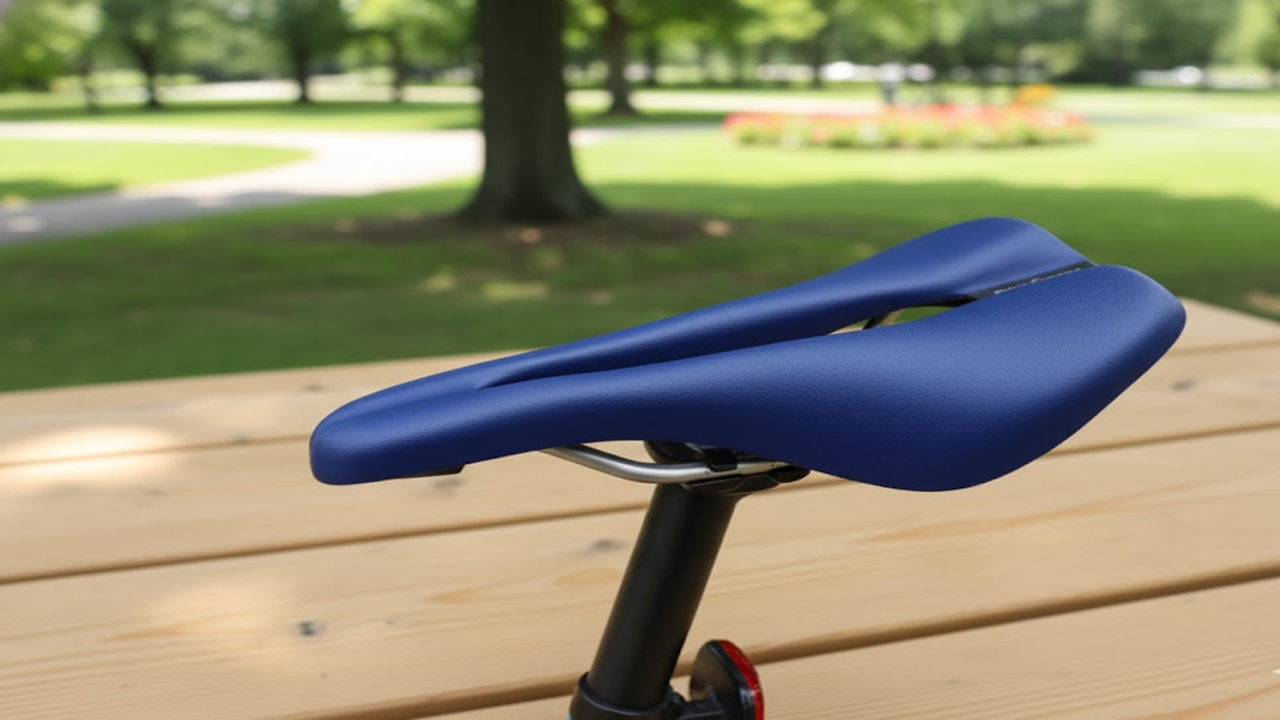Cycling has long been a sport and mode of transport where comfort and performance go hand in hand. Yet for many riders, saddle discomfort remains a persistent issue. Traditional saddles, even those labeled ergonomic or performance-grade, often fail to accommodate the unique contours of each rider’s body. Enter the 3D-printed custom bike saddle-a revolutionary solution that tailors itself to your individual anatomy using precise data from your own body. This innovation marks a new era in cycling comfort, where personalization meets cutting-edge technology.
How Body Data Shapes the Saddle
The concept behind a 3D-printed custom saddle is simple yet powerful: use biometric data to create a saddle that fits like a glove. Riders typically undergo a pressure mapping session, where sensors record how their sit bones and soft tissue interact with a standard saddle. This data is then translated into a digital model that reflects the rider’s unique pressure distribution, pelvic width, and riding posture.
Once the model is finalized, advanced 3D printing technology produces the saddle using flexible, durable materials. The result is a saddle that supports the rider exactly where needed, reducing pressure points and enhancing stability. Unlike mass-produced saddles, which rely on generalized dimensions, this approach ensures a truly custom fit.
Materials and Manufacturing Process
The materials used in 3D-printed saddles are chosen for their ability to balance comfort, resilience, and weight. Thermoplastic elastomers and flexible polymers are common choices, offering shock absorption and long-term durability. These materials can be printed in varying densities across the saddle’s surface, allowing for firmer support under the sit bones and softer zones where needed.
The manufacturing process itself is highly precise. Once the digital model is complete, the printer builds the saddle layer by layer, often using selective laser sintering or fused deposition modeling. This method allows for intricate internal structures that mimic natural cushioning, something traditional foam saddles struggle to replicate.
Benefits Beyond Comfort
While comfort is the primary selling point, 3D-printed custom saddles offer a range of additional benefits. First, they promote better posture and alignment, which can reduce strain on the lower back, hips, and knees. Riders often report improved pedaling efficiency and reduced fatigue during long rides.
Second, these saddles can help prevent common cycling injuries. Issues like saddle sores, numbness, and chronic discomfort are often linked to poor saddle fit. By addressing these problems at the source, custom saddles contribute to a healthier, more enjoyable riding experience.
Third, the customization process itself fosters a deeper connection between rider and bike. Knowing that your saddle was designed specifically for you adds a layer of confidence and satisfaction that off-the-shelf products rarely provide.
Who Can Benefit from a Custom Saddle
Custom saddles aren’t just for elite athletes or professional cyclists. Recreational riders, commuters, and weekend adventurers can all benefit from a saddle tailored to their body. In fact, those who spend long hours on the bike-whether for fitness, transport, or leisure-may notice the greatest improvements.
Older riders or those recovering from injury may find that a personalized saddle helps them return to cycling with less discomfort. Similarly, riders with unique anatomical needs, such as wider sit bones or asymmetrical posture, can finally enjoy a saddle that accommodates their body rather than forcing adaptation.
Integration with Modern Bike Fitting
The rise of 3D-printed saddles aligns perfectly with the growing popularity of professional bike fitting. Many bike shops and fitting studios now offer pressure mapping as part of their services, making it easier than ever to access the data needed for a custom saddle. This integration ensures that the saddle works in harmony with other fit elements like handlebar height, crank length, and pedal alignment.
Some brands even offer mobile scanning kits, allowing riders to capture their data at home. These kits use smartphone cameras or portable sensors to gather the necessary information, which is then uploaded to a cloud-based platform for saddle design. This democratization of technology means that personalized comfort is no longer limited to those near high-end fitting studios.
Sustainability and Longevity
In addition to performance and comfort, 3D-printed saddles offer sustainability advantages. Because each saddle is made to order, there’s less waste from overproduction or unsold inventory. The materials used are often recyclable or sourced from sustainable suppliers, and the production process minimizes excess material use.
Longevity is another key benefit. Custom saddles are built to last, with reinforced zones and wear-resistant surfaces. Riders can expect years of reliable use, even under demanding conditions. And if a saddle does wear out, the digital model remains on file, allowing for easy reprinting without repeating the fitting process.
The Future of Cycling Ergonomics
The success of 3D-printed saddles is just the beginning. As technology evolves, we may see entire bike components-handlebars, grips, even shoes-customized using body data. This shift toward personalization reflects a broader trend in sports and wellness, where one-size-fits-all is being replaced by tailored solutions.
For cyclists, this means a future where every ride feels better, every mile is more efficient, and every piece of gear works in harmony with the body. The saddle, once a source of discomfort for many, becomes a symbol of innovation and care.
Final Thoughts
The 3D-printed custom bike saddle represents a leap forward in cycling comfort and technology. By harnessing body data and advanced manufacturing, it solves one of the sport’s most persistent challenges: finding a saddle that truly fits. Whether you’re a seasoned rider or just starting out, this innovation offers a chance to ride farther, feel better, and enjoy cycling like never before.
As more riders discover the benefits of personalized gear, the demand for custom saddles is likely to grow. And with continued advancements in scanning, printing, and materials, the possibilities are endless. The road ahead is smoother, more comfortable, and uniquely yours.

